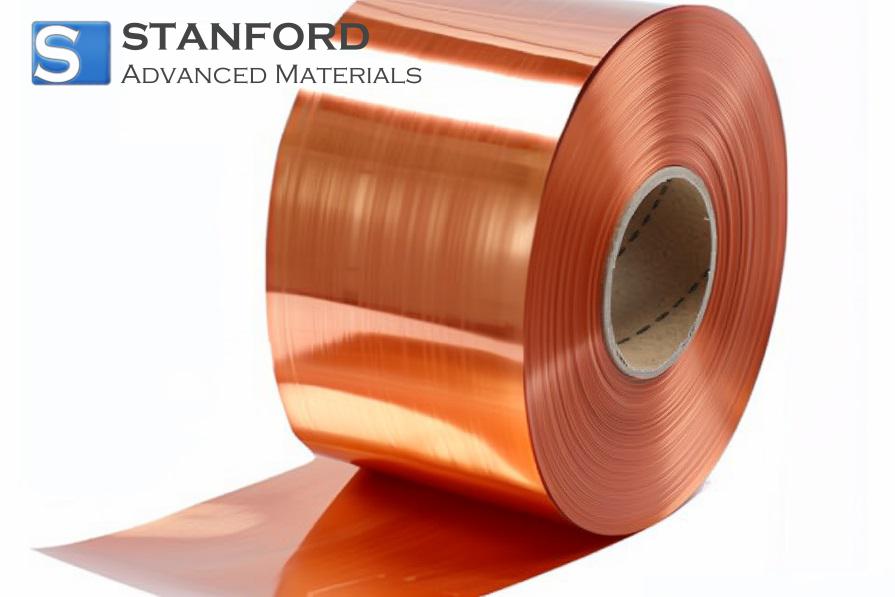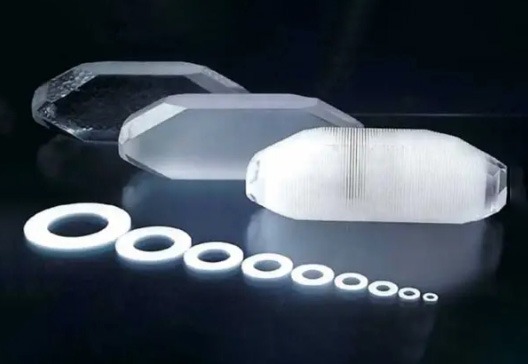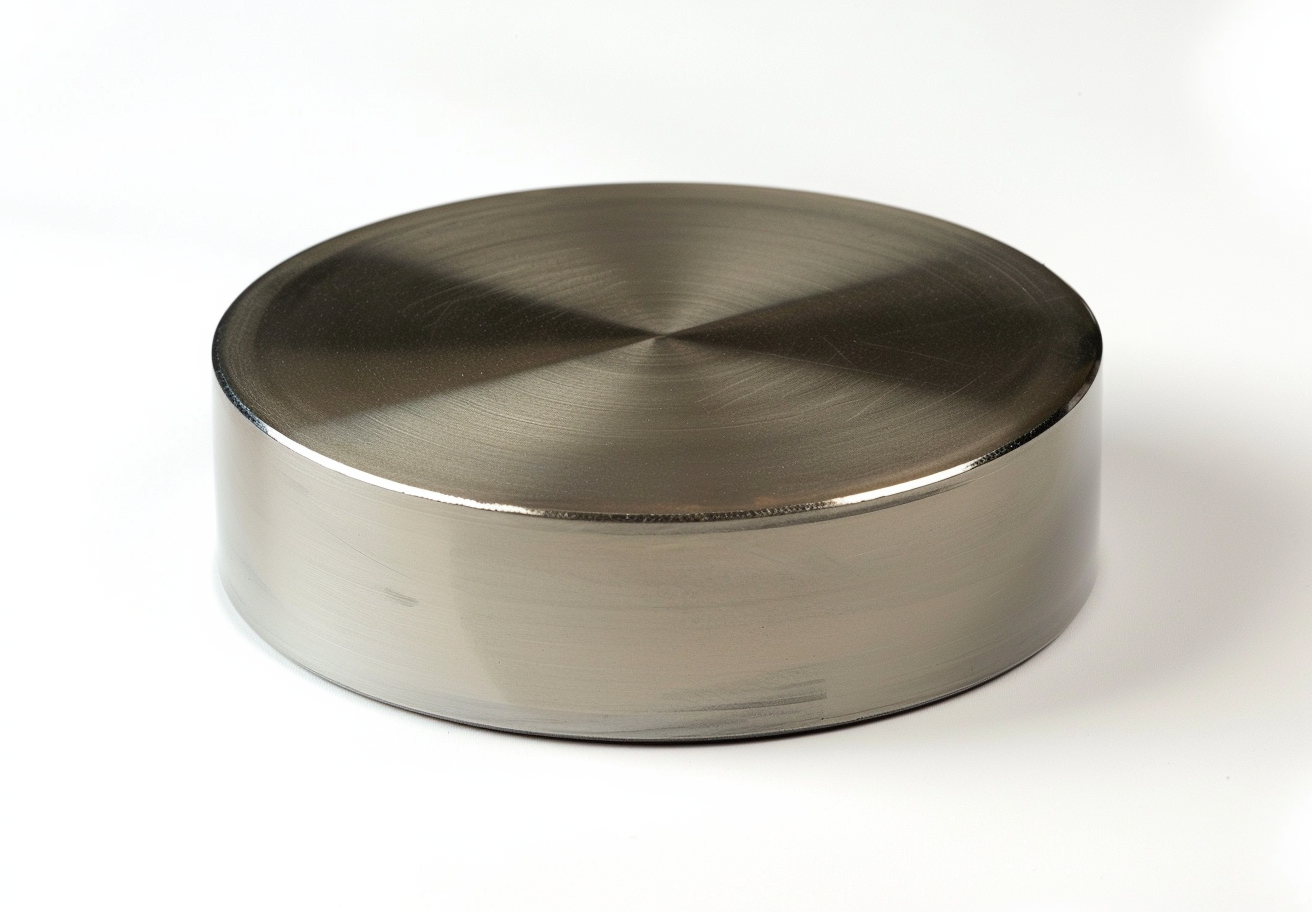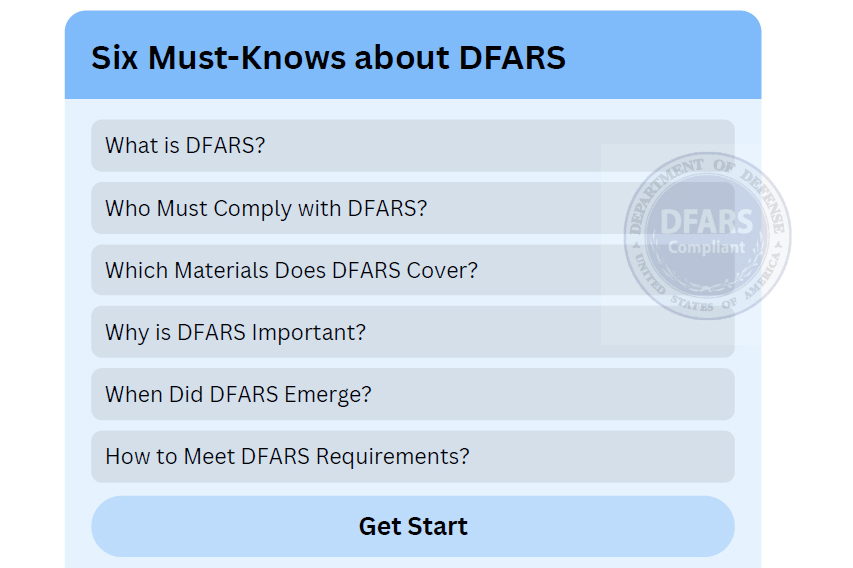China Triumphs In Graphene Development
China has established a significant presence in the manufacturing sector. Large quantities of computers, electronic components, shoes and other goods are produced in China. China achieved a higher yield in graphene production due to an increased graphite content. Consequently, the production process demonstrated enhanced efficiency. Reports indicate that 9 000 000 USD have been invested in graphene research worldwide.
Graphene exhibits multiple applications that may lead to commercial success. The material shows consistency and chemical stability. It is primarily utilised for supercapacitors, electrodes and anodes. It is expected that graphene will also be employed in microbattery and touchscreen production.
The Chinese Academy of Sciences in Chongqing developed a flexible graphene touchscreen measuring seven inches. Production data indicate that China is a major producer of graphene and related products. The industry is in its initial phase, and projections indicate considerable growth potential.

 Bars
Bars
 Beads & Spheres
Beads & Spheres
 Bolts & Nuts
Bolts & Nuts
 Crucibles
Crucibles
 Discs
Discs
 Fibers & Fabrics
Fibers & Fabrics
 Films
Films
 Flake
Flake
 Foams
Foams
 Foil
Foil
 Granules
Granules
 Honeycombs
Honeycombs
 Ink
Ink
 Laminate
Laminate
 Lumps
Lumps
 Meshes
Meshes
 Metallised Film
Metallised Film
 Plate
Plate
 Powders
Powders
 Rod
Rod
 Sheets
Sheets
 Single Crystals
Single Crystals
 Sputtering Target
Sputtering Target
 Tubes
Tubes
 Washer
Washer
 Wires
Wires
 Converters & Calculators
Converters & Calculators
 Write for Us
Write for Us

 Chin Trento
Chin Trento



